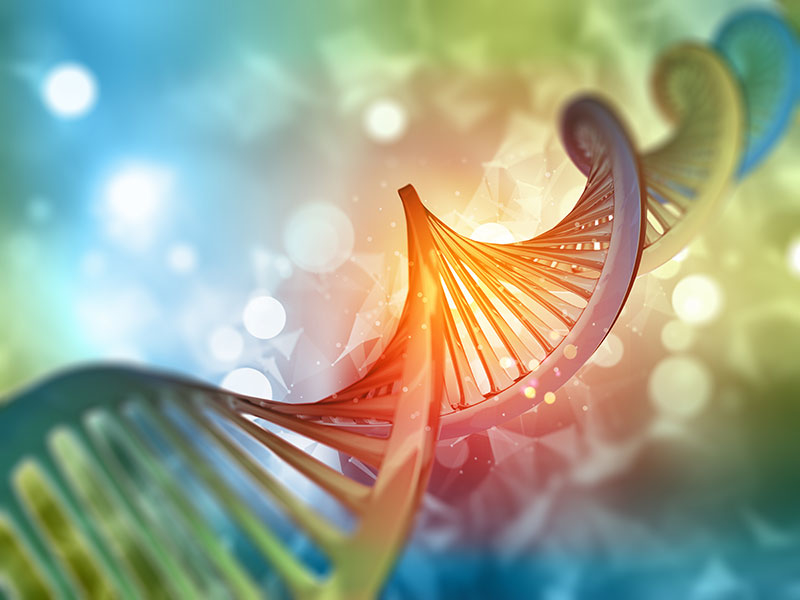CRISPR-CAS9
gene-editing tool causes a big challenge to be used in humans for the fear of
“scissoring” unintended off-target mutations in the genome. Natural CAS-9 is
able to cut genes even when it is not needed. A way to prevent the unintended
targeted DNA to be cut, UC Berkeley presented the idea of circular permutation.
Circular permutation involves the rearrangements of proteins sequence,
connecting the ends with a peptide linker, and cutting the sequence. By making
the linker shorter this makes the CAS-9 inactive, which introduced site
specific proteases called PROCAS9. ProCas9 has location specifity and is made
to exist only in specific organs and tissues. ProCas9 can only be activated
when they are cleaved by matching proteases, which means they can respond to
specific type of cells. In the study, ProCas9 that are paired with RNA can detect
viral proteases and start a defense against flaviviruses by creating DNA damage
and terminating the host cells that were infected.
Since
CRISPR has been such a big part in science there is worry on how this can
potentially damage us in the future. One of these worries pertain to
accidentally “scissoring” an unintended targeted DNA. I believe that the site
specific ProCas9 is another step forward in making CRISPR a safe and effective
use in the future. Also, with more improvements with CRISPR it can be
eventually be used in research for its effect on diseases.

No comments:
Post a Comment